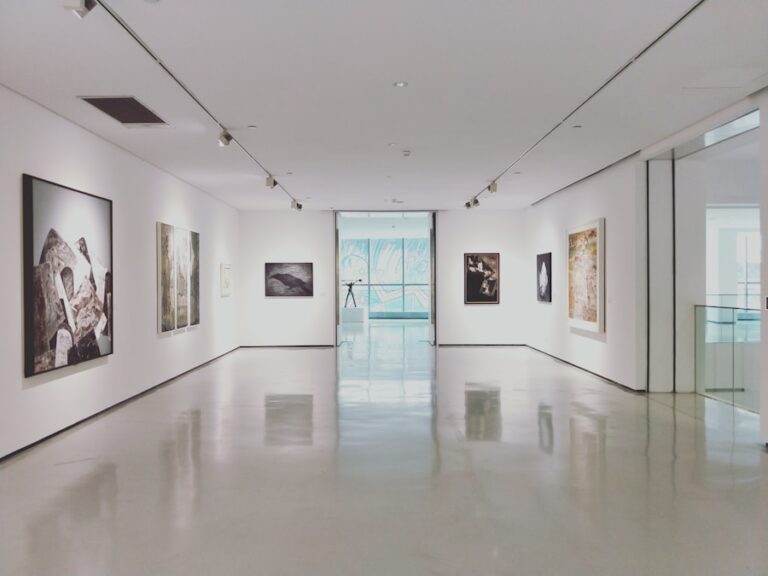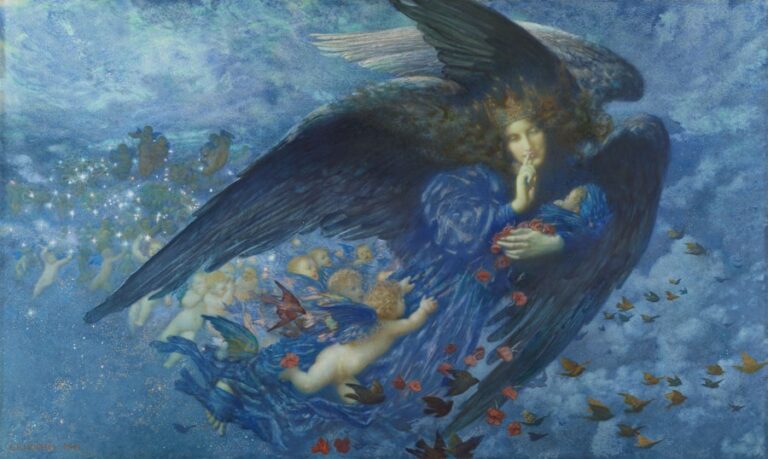From Pixels to Masterpieces: The Evolution of Digital Art
Digital art has its roots in the 1960s, when artists and technologists began to experiment with the possibilities of using computers to create visual art. One of the earliest examples of digital art is the work of artist Frieder Nake, who used a computer program to generate intricate geometric patterns. Another pioneer in the field was Michael Noll, who created some of the first computer-generated images using a computer at Bell Labs in the early 1960s. These early experiments laid the groundwork for the development of digital art as a distinct and influential form of artistic expression.
As technology advanced, so did the possibilities for digital art. In the 1970s and 1980s, artists began to explore the potential of using computers to create and manipulate images. This led to the development of software programs specifically designed for digital art, such as Adobe Photoshop and Corel Painter. These programs allowed artists to create and manipulate images in ways that were previously impossible, opening up new avenues for artistic expression. The birth of digital art marked a significant shift in the art world, as artists began to embrace technology as a tool for creating innovative and boundary-pushing works of art.
The Impact of Technology on Digital Art: From Pixels to High-Resolution Images
The impact of technology on digital art has been profound, shaping the way artists create and audiences experience visual art. One of the most significant developments in digital art has been the shift from low-resolution pixelated images to high-resolution, photo-realistic images. This shift has been made possible by advancements in computer hardware and software, allowing artists to create incredibly detailed and lifelike images that rival traditional forms of visual art. The ability to work with high-resolution images has opened up new possibilities for digital artists, allowing them to create works that were previously impossible.
Another key impact of technology on digital art has been the rise of digital printing and reproduction techniques. With the advent of high-quality digital printers, artists are able to reproduce their digital works on a variety of materials, including canvas and paper. This has allowed digital art to be more widely accessible, as it can be easily reproduced and distributed to a larger audience. Additionally, advancements in digital projection technology have allowed digital art to be displayed in new and innovative ways, such as large-scale projections onto buildings or immersive installations in galleries and museums. These technological advancements have transformed the way digital art is created, experienced, and shared, making it an increasingly important and influential form of artistic expression.
The Rise of Digital Art in the Contemporary Art World
In recent years, digital art has experienced a significant rise in prominence within the contemporary art world. As technology continues to advance, artists are increasingly turning to digital tools and techniques to create innovative and boundary-pushing works of art. This has led to a growing recognition of digital art as a legitimate and influential form of artistic expression, with digital artists gaining recognition and acclaim from critics, collectors, and institutions.
One of the key factors driving the rise of digital art in the contemporary art world is its ability to engage with and reflect upon the digital age in which we live. Digital art often explores themes related to technology, identity, and the internet, offering a unique perspective on the ways in which technology shapes our lives and experiences. This has resonated with audiences, leading to a growing interest in and appreciation for digital art within the contemporary art world. Additionally, the rise of online platforms and social media has provided new opportunities for digital artists to share their work with a global audience, further contributing to the growing visibility and influence of digital art.
The Role of Digital Tools and Software in the Creation of Digital Art
Digital tools and software play a crucial role in the creation of digital art, providing artists with the means to bring their creative visions to life. From drawing tablets and styluses to sophisticated 3D modeling software, these tools allow artists to create and manipulate images in ways that were previously impossible. One of the key advantages of digital tools is their flexibility and versatility, allowing artists to experiment with different techniques and styles without the need for expensive materials or equipment.
One of the most widely used digital tools in the creation of digital art is Adobe Photoshop, a powerful image editing software that allows artists to manipulate images in a wide variety of ways. Photoshop provides artists with a range of tools for editing, retouching, and compositing images, making it an essential tool for many digital artists. Another important software tool for digital artists is Autodesk Maya, a 3D modeling and animation program that is widely used in the creation of 3D digital art and animation. Maya provides artists with a range of tools for modeling, texturing, rigging, and animating 3D objects, allowing them to create complex and visually stunning works of art.
Digital Art and the Changing Landscape of Art Galleries and Museums
The rise of digital art has had a significant impact on the traditional landscape of art galleries and museums, challenging established norms and conventions within the art world. Digital art often blurs the boundaries between different artistic disciplines, incorporating elements of photography, painting, sculpture, and video into single works of art. This has led to a reevaluation of how art is displayed and experienced within gallery and museum settings, with many institutions embracing new technologies and approaches to exhibiting digital art.
One example of this is the growing trend of immersive digital art installations, which provide audiences with an interactive and multi-sensory experience. These installations often incorporate elements such as projection mapping, virtual reality, and interactive soundscapes, creating an environment that surrounds and engages viewers in new and unexpected ways. Additionally, many galleries and museums have begun to incorporate digital art into their permanent collections, recognizing its importance as a form of artistic expression that reflects contemporary culture and society.
Exploring the Diversity of Digital Art: From 3D Animation to Virtual Reality
Digital art encompasses a wide range of artistic practices and techniques, spanning from 3D animation to virtual reality experiences. One area of digital art that has seen significant growth in recent years is 3D animation, which involves creating moving images using computer-generated 3D models. 3D animation is widely used in film, television, video games, and advertising, as well as in fine art and experimental animation. Artists working in this medium often use software such as Autodesk Maya or Blender to create complex and visually stunning animations that push the boundaries of what is possible with digital technology.
Another area of digital art that has gained attention is virtual reality (VR) experiences, which provide audiences with immersive and interactive environments that can be explored using VR headsets. VR allows artists to create fully immersive worlds that can be experienced from a first-person perspective, blurring the lines between physical and virtual reality. This has opened up new possibilities for storytelling and artistic expression, allowing artists to create experiences that are both visually stunning and emotionally impactful.
The Future of Digital Art: Trends and Innovations in the Digital Art World
As technology continues to advance at a rapid pace, the future of digital art holds exciting possibilities for innovation and creativity. One trend that is likely to shape the future of digital art is the integration of artificial intelligence (AI) into artistic practice. AI technologies such as machine learning algorithms are already being used by artists to generate new forms of visual art, music, and interactive experiences. This has led to new forms of collaboration between human artists and AI systems, blurring the lines between human creativity and machine intelligence.
Another trend that is likely to shape the future of digital art is the increasing use of virtual reality (VR) as a medium for artistic expression. VR technology continues to advance, becoming more accessible and affordable for both artists and audiences. This has led to a growing interest in VR as a platform for creating immersive artworks that can be experienced in new and innovative ways. Additionally, advancements in VR technology are likely to lead to new forms of artistic collaboration and experimentation, as artists explore the potential of VR as a medium for creating interactive and multi-sensory experiences.
In conclusion, digital art has come a long way since its early beginnings in the 1960s, evolving into a diverse and influential form of artistic expression that continues to push boundaries and challenge established norms within the art world. The impact of technology on digital art has been profound, shaping the way artists create and audiences experience visual art. As technology continues to advance at a rapid pace, the future of digital art holds exciting possibilities for innovation and creativity, with trends such as AI integration and VR experiences likely to shape the future landscape of digital art. With its ability to engage with contemporary themes and reflect upon the digital age in which we live, digital art is poised to remain an important and influential form of artistic expression for years to come.






